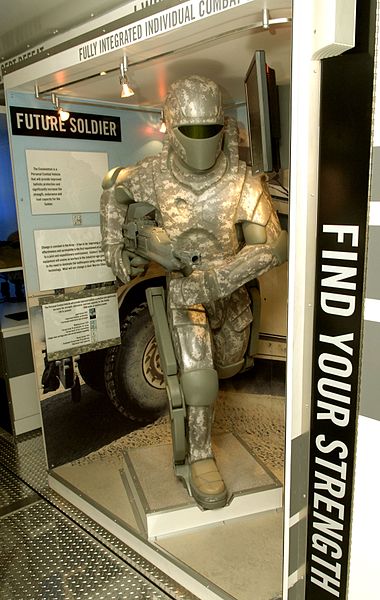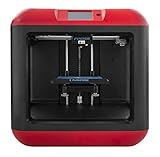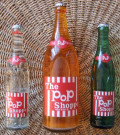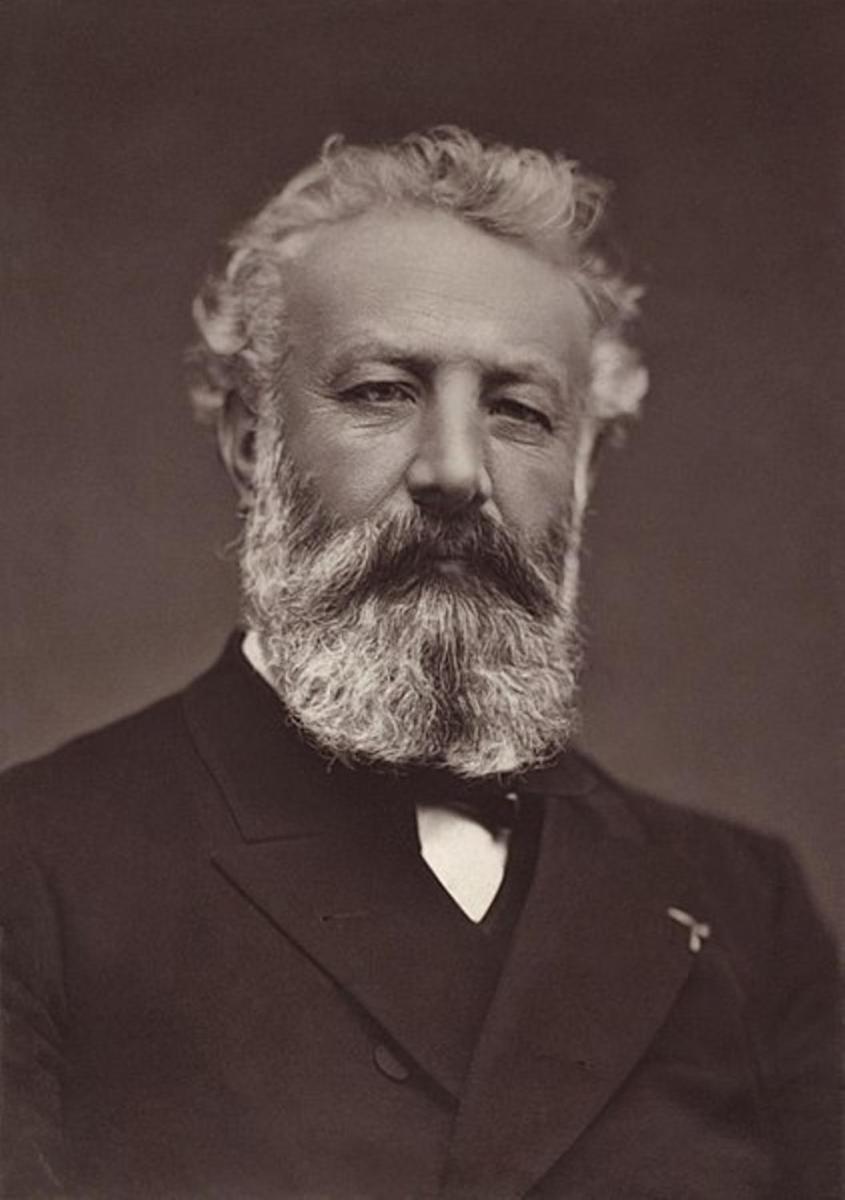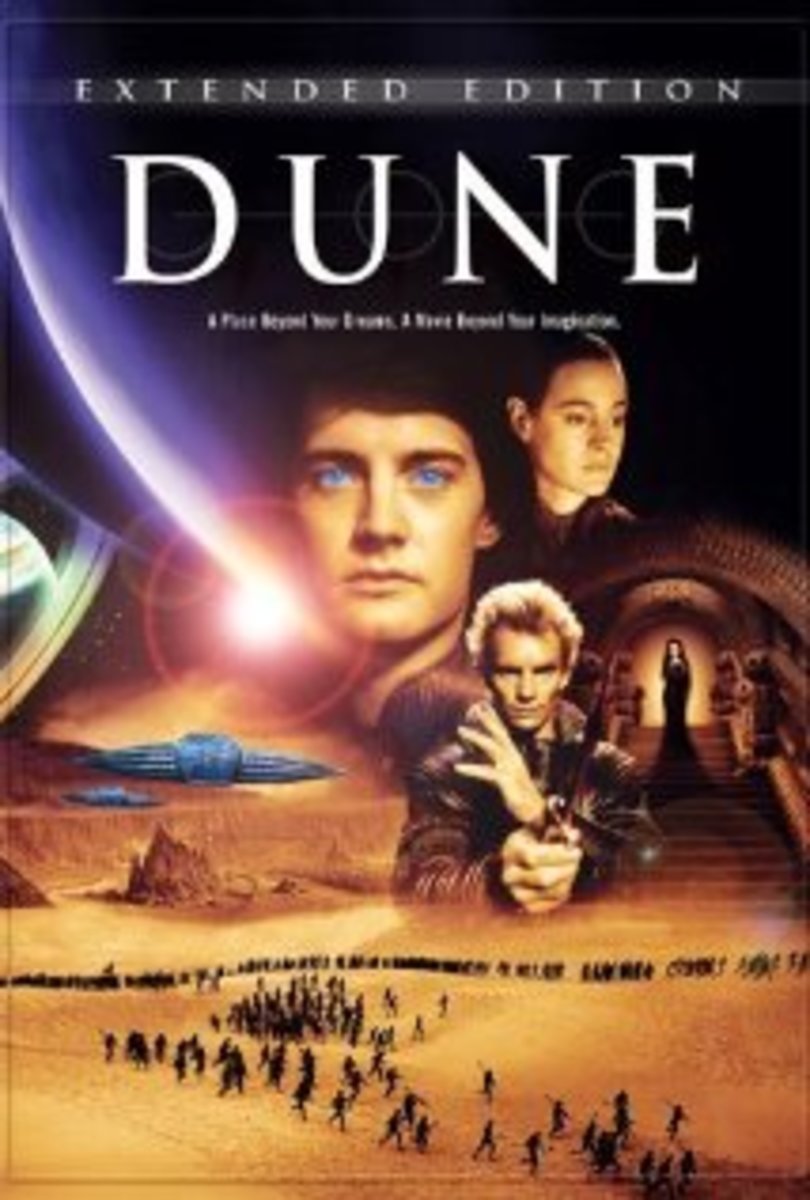- HubPages»
- Books, Literature, and Writing»
- Books & Novels»
- Fiction»
- Science Fiction & Fantasy Books
Ten Modern Technologies That Were Inspired by Science Fiction
Flying cars?
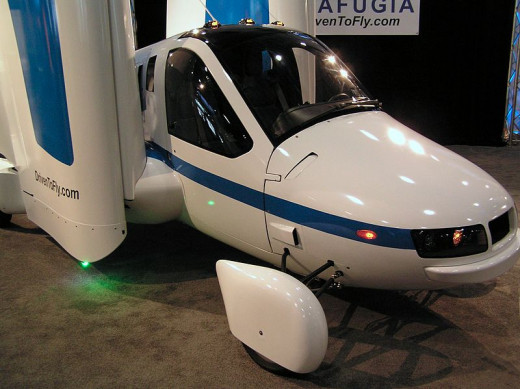
The art of prediction
We live in a world where yesterdays science fiction is today’s science fact. Sometimes science fiction writers get it almost exactly right. Sometimes, they predict something that when it works out does so in a way quite differently than expected. Sometimes, ideas that might work, like flying cars, are never brought to fruition due to safety, regulatory or other concerns. What follows are a few examples of technology that started in science fiction that now exists in the real world.
It started here
Predicting from the beginning
Science fiction arguably started with Frankenstein, so it seems appropriate to start our list there. The creation of the monster using tissue from cadavers and animating it with electricity are the prototypical examples of our first two technologies.
-
Organ transplants: Though they are accomplished in quite a different way than Mary Shelly predicted and for different reasons. The concepts she invented for the creation of her stories monster were prototypical for medical organ and tissue transplants.
-
Defibrillator: Though the modern lifesaving device is a far cry from the animation of the creature in Frankenstein both were based on early experiments using electricity and dead tissue. Shelly may have been the first one to seriously propose shocking a body into life. Today the intellectual successor to her idea saves lives every day.
The Dawn of Sci-fi
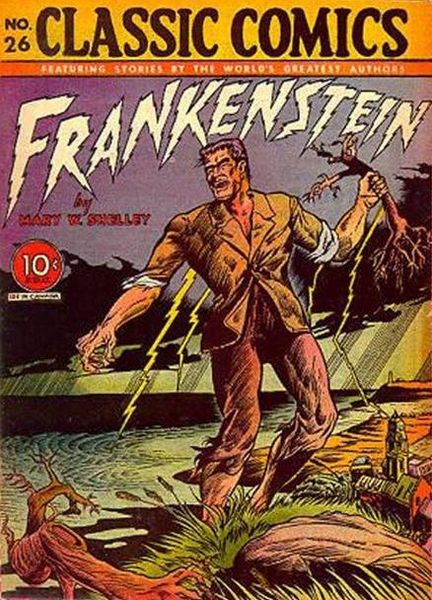
Underwater history
Would this have happened without Verne?
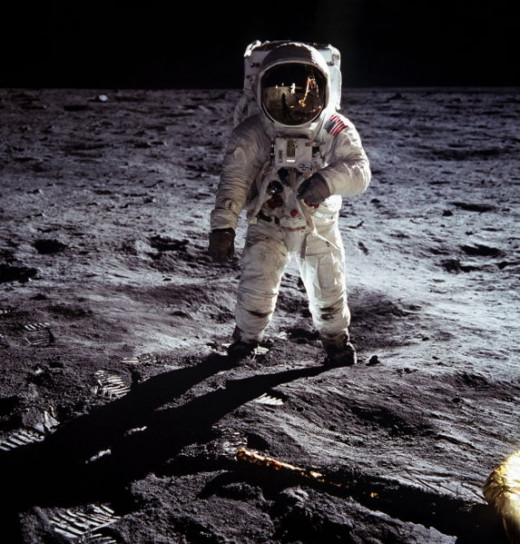
Verne
Mention of technology inspired by science fiction that did not include Jules Verne would be incomplete. One might make a case that if Shelly were the genres intellectual mother Verne is certainly a contenders for being the father.
-
Electric powered submarines: Although Verne cannot be credited with inventing the concept of a manned submersible or a diving suit, he was one of the first to propose the idea of one large enough to carry (and need) a large crew. In 20,000 Leagues Under the Sea he also first proposed powering such a vessel electrically and using it for protracted underwater voyages. One must wonder how many of today’s marine biologists and submariners were inspired by Verne.
-
Space Flight: Although the giant cannon proposed in From Earth to the Moon is entirely impractical, it was probably the first proposed technological method and moved space travel from fantasy into science fiction. Verne's proposal may also have helped spark subsequent interest in rocketry that helped turn the dream of traveling to the moon into reality within a hundred years.
Read it on Gutenberg
- The Brick Moon, and Other Stories by Edward Everett Hale - Free Ebook
Free kindle book and epub digitized and proofread by Project Gutenberg.
Less familiar but not less importaint
A less familiar work by Edward Everett Hale The Brick Moon published in serialized format in 1869 provided the first example of two new ideas.
-
Satellite navigational aid: although Hales brick sphere is functionally unlike a modern GPS satellite it was intended to fulfill the same purpose.
-
Manned space station: Though not intended for the purpose the titular moon did launch while occupied and the occupants survived making it the first fictional manned space station.
Out of the comics
Our next advancement first appeared in comic strips more than sixty years before being brought to a form of life.
-
The smart watch: Though the modern smart phone peripheral isn't a stand alone communication device like like the “Dick Tracy” wrist radio the conceptual antecedents are clearly present.
Trek is now
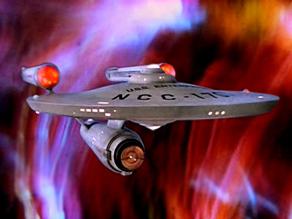
The future came early
Though ideas from “Star Trek” were depicted as belonging to the 23rd and 24th centuries some of them, at least in early prototypical form already exist.
-
Satellite phones: Although it was the flip phone that was deliberately designed to look like the original series communicators it is the satellite phone that comes closest to functionally matching the fictional device. The devices in the original series were clearly inspired by already existing walk-talky technology. Where the real world devices were bulky and short ranged Star Trek projected they would advance to compact devices capable of ground to orbit communication. Today it's a technology anyone can have.
-
Tablet computers: From the gadgets Kirk used to sign reports in the original series to the P.A.D.D. of “Next Generation.” Although these were presented as peripherals to the “ships computer” in the show and related media the parallels to modern tablets are obvious. There are even apps that allow a tablet to have an interface that looks like one from Trek.
-
3d Printers: Though the modern 3d printer is the infant stage of Treks replicators the basic idea is there. We have devices now that can print out all sorts of things that can be made of plastic. Metal is harder to work with but it's also around, though more expensive. Combination of 3d printer technology with the capability of a scanning tunneling electron microscope, to move individual atoms, is a logical progression of the technology. Once that's available the only thing preventing a printer from creating literally anything is the supply of raw the right raw materials. An atomic scale printer wouldn't be able to turn lead to gold, but diamonds from the CO2 in the air would be possible (though energy intensive). An atomic scale printer could also produce food by recycling organic waste which, as portrayed on “Star Trek,” is extremely useful for a spacecraft with limited room for supplies. Trek however portrayed the technology working on a subatomic level. While our modern technology is an infant replicator, subatomic rearrangement is still far from possible. Anyone who thinks that means we won't get there, however, needs to be reminded that fifty years ago moving individual atoms was also impossible.
3D printer designs
- Thingiverse - Digital Designs for Physical Objects
Thingiverse is a universe of things. Download our files and build them with your lasercutter, 3D printer, or CNC.
The Replicator (early version)
What's next?
These ten items are things inspired by sci-fi that are available (at least in early form) today and they just scratch the surface. When you start adding things that are still on the drawing board the list will multiply by hundreds or even thousands. Much of our modern world was inspired by science fiction and advancements today continue to be inspired. Who knows someday we may even get our flying cars.
On the drawing board
